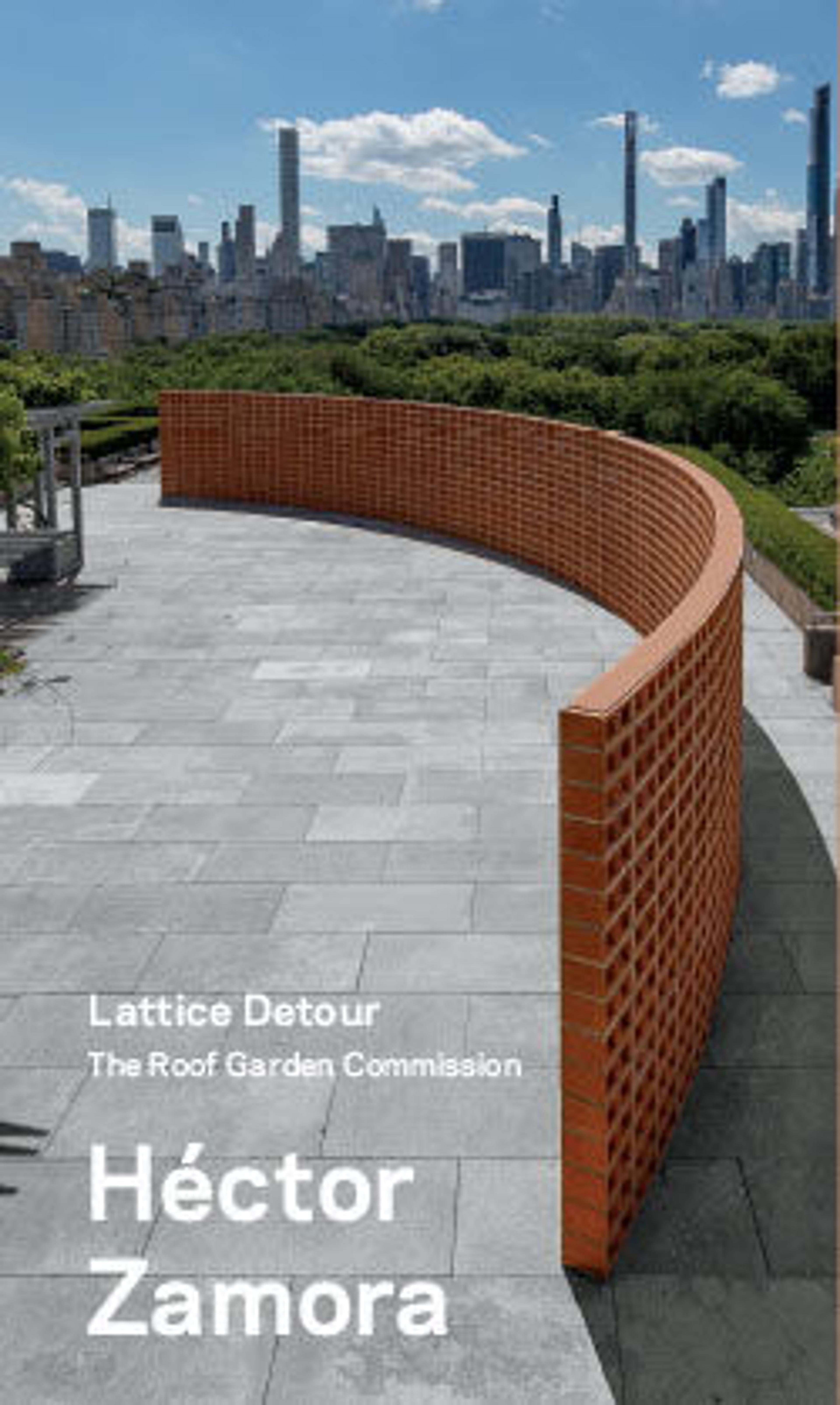Covered jar
Ceramic vessels of this type, known as búcaros de Indias, were highly prized by European collectors during the 17th and 18th centuries. They were appreciated not only for their unusual shapes and American origin, but also for the distinctive aroma and taste of the clay from which they were made. Búcaros were used to contain water and gave it a pleasing flavor. The clay was thought to have medicinal qualities, and it was fashionable among Spanish and Italian elites, especially women, to consume fragments of the pottery. This unusual practice made their complexions pale, which was considered desirable at the time.
The popularity of this kind of pottery in Europe is well documented in the art and literature of the period. In Diego Velázquez’s Las Meninas, the infanta Margarita is served a small búcaro of water on a silver tray, while artists like Juan van der Hamen often included búcaros in their still life paintings. The Spanish dramatist, Lope de Vega, wrote satirically about the obsessive eating of pottery and its effects: "Girl of broken color, either you have lovers, or you eat clay." (Niña de color quebrado / O tienes amores o comes barro.) Lope de Vega, El Acero de Madrid (1608).
The popularity of this kind of pottery in Europe is well documented in the art and literature of the period. In Diego Velázquez’s Las Meninas, the infanta Margarita is served a small búcaro of water on a silver tray, while artists like Juan van der Hamen often included búcaros in their still life paintings. The Spanish dramatist, Lope de Vega, wrote satirically about the obsessive eating of pottery and its effects: "Girl of broken color, either you have lovers, or you eat clay." (Niña de color quebrado / O tienes amores o comes barro.) Lope de Vega, El Acero de Madrid (1608).
Artwork Details
- Title: Covered jar
- Date: ca. 1675–1700
- Geography: Made in Tonalá, Mexico
- Culture: Mexican
- Medium: Earthenware, burnished, with white paint and silver leaf
- Dimensions: 27 15/16 in. (71 cm)
- Credit Line: Sansbury-Mills Fund, 2015
- Object Number: 2015.45.1a, b
- Curatorial Department: The American Wing
More Artwork
Research Resources
The Met provides unparalleled resources for research and welcomes an international community of students and scholars. The Met's Open Access API is where creators and researchers can connect to the The Met collection. Open Access data and public domain images are available for unrestricted commercial and noncommercial use without permission or fee.
To request images under copyright and other restrictions, please use this Image Request form.
Feedback
We continue to research and examine historical and cultural context for objects in The Met collection. If you have comments or questions about this object record, please contact us using the form below. The Museum looks forward to receiving your comments.
